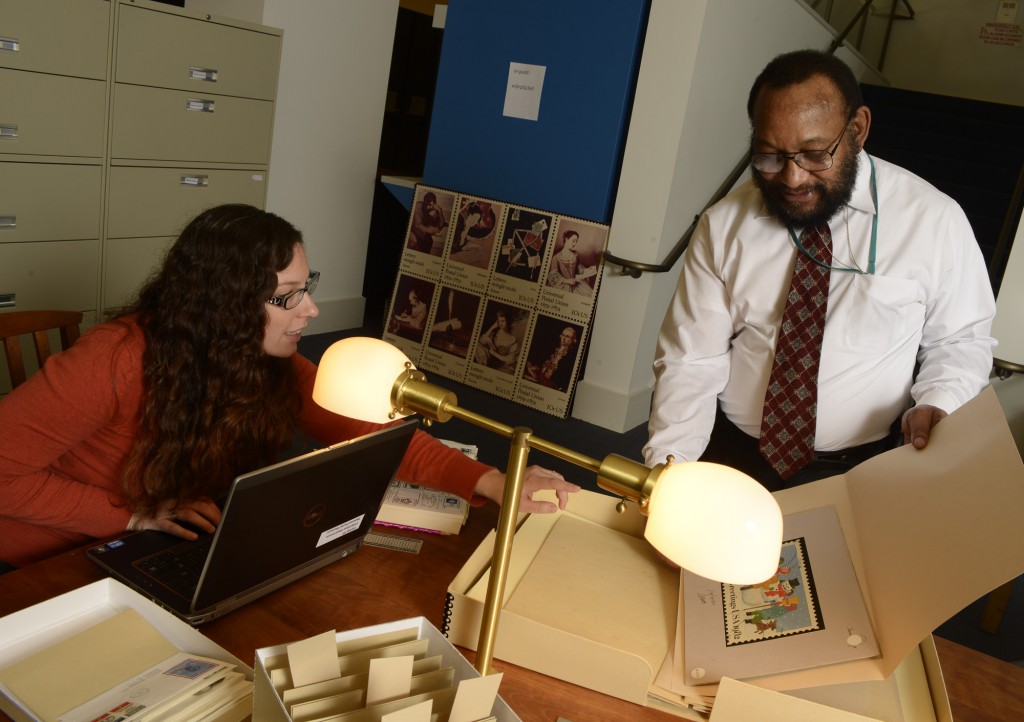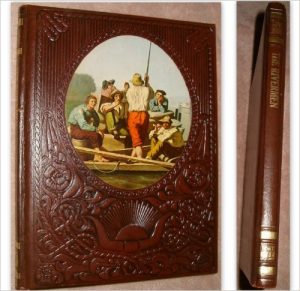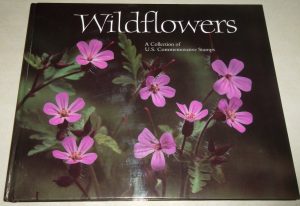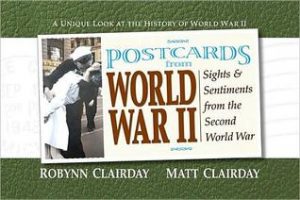
While working at the National Postal Museum (NPM) Library, we often stumble upon treasures that are waiting to be discovered. We find them in boxes of donations, tucked away on a shelf, behind cabinets, and underneath metal file drawers, but sometimes they are hidden in plain sight.
These treasures come in the form of philatelic pamphlets, brochures, serials, and monographs that we do not yet display in the online library catalog. Our first step is to check in the library catalog to see if we own a duplicate copy of the item. This helps us to determine if it should be added or not. 25% of the time, we do not own the item, and we call that a treasure, because adding it to our collection “increases the diffusion of knowledge” and supports the National Postal Museum‘s mission, which is to tell the story of the nation’s mail service by preserving, studying and presenting postal history and philately through stamps and objects.
The Frederick J. Melville donation has yielded many gems for our collection. We also received a “small journals” donation from the LaGasse Family of New York. When we receive donations, the first step is to request a detailed list. This prevents the addition of duplicates. There are many gaps in our collection that can be filled. For example, we may have in a philatelic journal collection only eleven months out of the year 1997, or ten months from the year 2001, etc. A most frustrating scenario is when we are missing only one issue out of 24 issues (we almost have the complete set).
The NPM library could be compared to a water fountain. We receive items, like a fountain receives well water, and we loan items, like a fountain produces cool, refreshing water to drink. Items continually rotate in and out of the library. When an item comes back from cataloging and is placed on the shelf next to its “relatives,” filling a gap in knowledge, the joy is indescribable. It is like a family reunion of books. It is almost like adding a missing stamp to your stamp collection in order to make it complete and whole again.
Allow us to share a few of our treasures and why they are important to our collection and the work of the National Postal Museum:
1. This first treasure, Postcards from World War II, is 192 pages long, and consists of postcards sent by servicemen and women between 1941 and 1945. Fully illustrated, it includes the front and the back of each postcard. It is very important to the NPM curator of history, who researches military letters and the origins of mail.
2. The next philatelic treasure, The Rivermen, is 240 pages long and consists of references to river boats, and the history of 19th century transportation. Also fully illustrated, it is vital to the NPM study of how mail was transported along the Missouri River.

3. A third treasure found, Wildflowers: a collection of U.S. commemorative stamps, is only 62 pages long, but each of those pages is filled with beautiful color images of stamps ranging from 7 cents to 61 cents in value. This treasure is important to the senior curator of philately. In 1992, fifty stamps were selected by the USPS, and each of them represents an American wildflower. Some of the names include Showy Evening Primrose and Fringed Gentian.

Maintaining a philatelic collection demands a high level of leadership. This library is not like any other library. It is unique and one-of-a-kind. It is very difficult to label the NPM library with only one category. Yes, we are a special library, but we are also a government library. It is a federal library. Sometimes, managing it can even fall under the category of solo librarianship.
Fortunately, when a treasure is found, we can rely on an efficient team of professionals to help us get the item cataloged and onto the shelf. In accordance with library policy, we process gifts that: support the Smithsonian Institution’s current and evolving collection interests and principles; sustain the research needs of Smithsonian staff and researchers; augment collections of depth; and enhance the unique and noteworthy holdings of Smithsonian Libraries’ special collections.
There is a section within the Discovery Services department called Resource Description that catalogs the item and puts it into SIRIS, our online public access catalog, and into Horizon, our integrated library management system. There is another section, Resource Acquisition, that prints the call number labels and barcodes each book for accountability purposes. There is a section called Shipping and Receiving Services that packages the books, wraps them in bubble wrap, boxes them up, and shelves them in the mail room. And, finally, they load the boxes onto a truck, drive the truck to the National Postal museum, unload the boxes of books onto a hand cart, and deliver them to the library where they can be shelved.
The National Postal Museum library is a wonderful place to work. In this library, you will discover several hidden treasures–we do, all the time. And we rely on a fantastic staff to process the treasures so they can be borrowed by library patrons from all over the world.


Be First to Comment